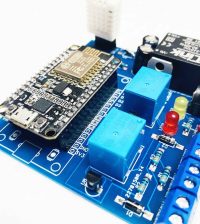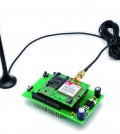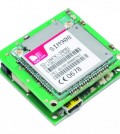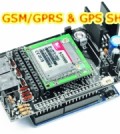- How to Adjust X and Y Axis Scale in Arduino Serial Plotter (No Extra Software Needed)Posted 5 months ago
- Elettronici Entusiasti: Inspiring Makers at Maker Faire Rome 2024Posted 5 months ago
- makeITcircular 2024 content launched – Part of Maker Faire Rome 2024Posted 7 months ago
- Application For Maker Faire Rome 2024: Deadline June 20thPosted 9 months ago
- Building a 3D Digital Clock with ArduinoPosted 1 year ago
- Creating a controller for Minecraft with realistic body movements using ArduinoPosted 1 year ago
- Snowflake with ArduinoPosted 1 year ago
- Holographic Christmas TreePosted 1 year ago
- Segstick: Build Your Own Self-Balancing Vehicle in Just 2 Days with ArduinoPosted 1 year ago
- ZSWatch: An Open-Source Smartwatch Project Based on the Zephyr Operating SystemPosted 1 year ago
ZX Spectrum Next Laptop: Powered by Spectrum Next board and Raspberry Pi Zero
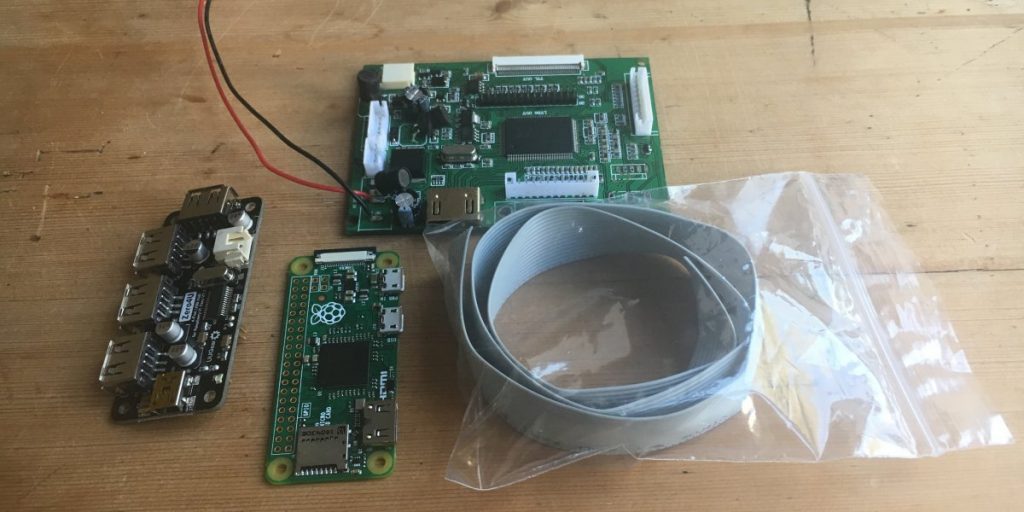
Clive Sinclair in 1982 introduced an inexpensive ZX series of home computers. He launched an 8-bit color output computer called the Spectrum, with rubbery chiclet-style keyboard keys marked with programming keywords and a striking rainbow motif.
A fervent ZX community has continued to create games, and last year a startup named SpecNext hit Kickstarter to fund the production of a modern update to the Spectrum called the Next – which featured a Z80 processor that could power up to a mighty 7 MHz, up to 1.5 MB of internal RAM and an SD card slot for storage.
Starting from the Spectrum Next, Dan Birch of Dorchester 3D decided to make a portable all-in-one gaming console by wrapping the Next in a rather nice 3D-printed clamshell housing that’s also home to a chiclet keyboard and 8-inch display.
The 284 x 151 x 41 mm ZX Spectrum Next Laptop sees the Next board joined by a Raspberry Pi Zero, a four port USB hub, an LCD driver board and stereo speakers. An 8-inch LCD screen at 4:3 aspect has been installed in the upper part of the laptop housing, and connected to the keyboard base by hinges recovered from an old Dell laptop.
The USB keyboard has been stripped from its casing and connected to the Next board via a PS/2 to USB adapter. The Pi Zero’s SD card slot has been extended to the rear of the laptop case so that the operating system can be updated more easily.
STL files will be soon available for everyone who wants to 3D print the laptop at home.
As you can see below, the final result is pretty amazing.




